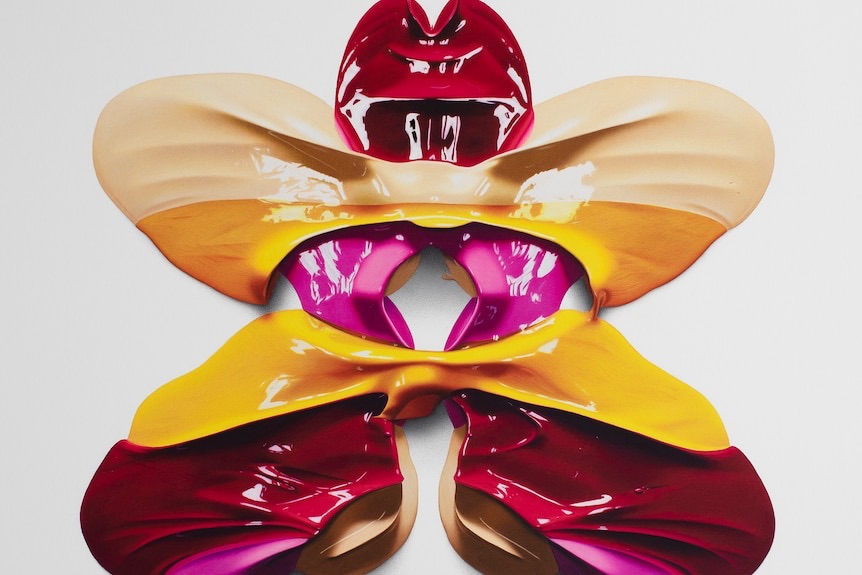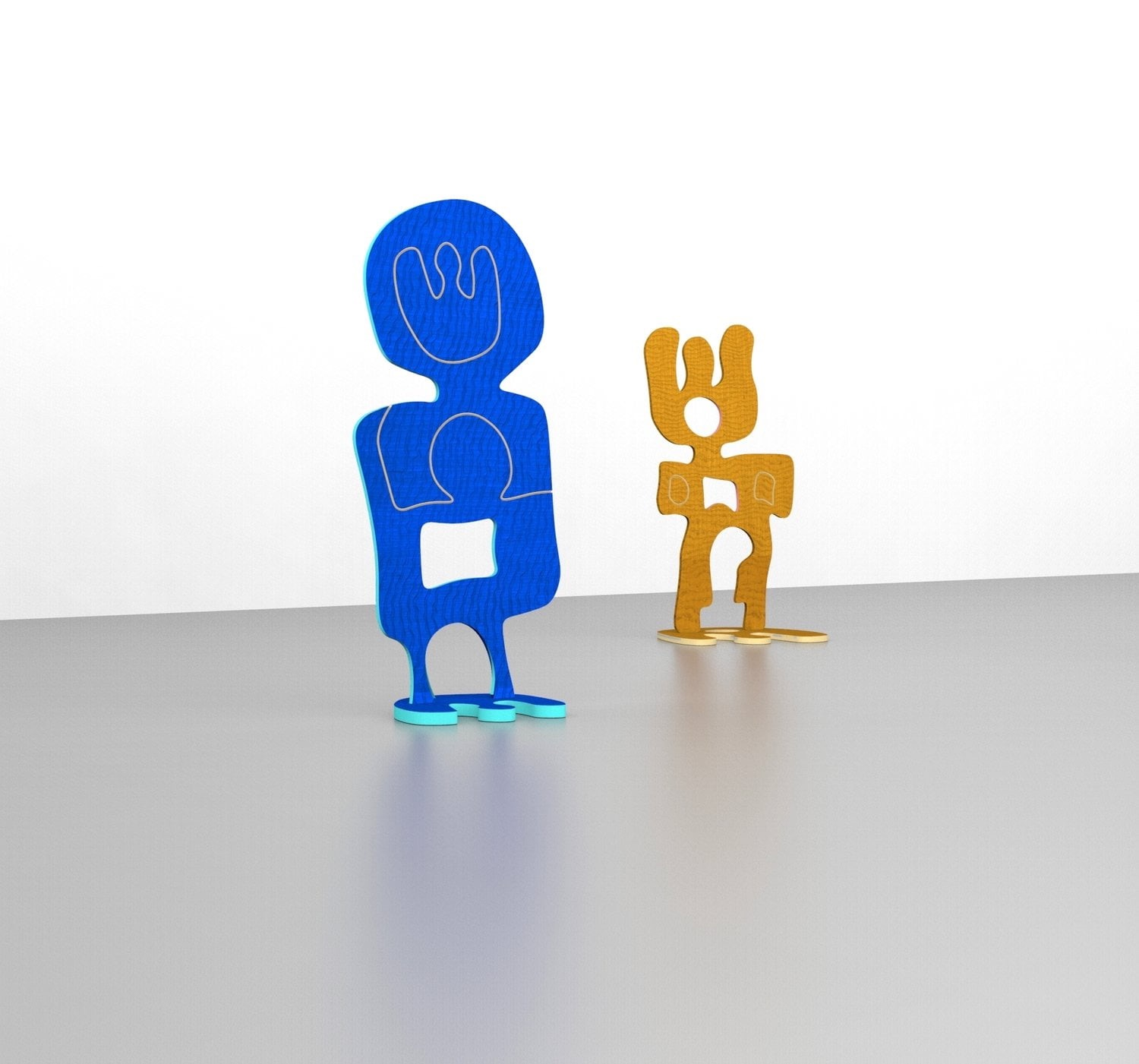If you're thinking of starting an art collection, begin at LettsArt.com — a space designed for real connection between artists and collectors.
When people talk about the rise of direct sales, they often frame it as a vague “market trend.” But the shift didn’t begin with reports or fairs. It began with artists deciding to talk straight to their audience — in public, online, and without permission from the traditional gatekeepers.
Few stories illustrate this as clearly as CJ Hendry . A self-taught hyperrealist who went from architecture and finance student to full-time artist, Hendry built her career not through a gallery roster, but through social media and direct-to-collector sales. She started by posting obsessively detailed drawings of boots and luxury objects on Instagram and simply… answering people who wrote to her. There was no grand strategy beyond making work, showing it, and selling it straight to whoever cared enough to ask.

Over time, that informal directness became a full-blown model. Hendry’s Instagram following grew into the hundreds of thousands; her first big drawing sale reportedly fetched five figures, and today her works command substantial prices from collectors across the world — all while she has remained largely outside the usual gallery system, choosing instead to stage her own immersive exhibitions and “drops” that feel more like events than traditional shows. The key point isn’t the price tags; it’s the route she took. She proved that you can speak to collectors directly, build your own audience, and turn that audience into a sustaining ecosystem.
What CJ Hendry has done in the spotlight is mirrored more quietly by painters like Julia Powell in Cambridge, Massachusetts. Powell, known for her richly coloured, nature-based oil paintings, has treated Instagram as an extension of her studio wall for years. She posts finished works, process shots, and glimpses of daily life; potential collectors don’t have to decode an art-world system to reach her — they just send a message.
On her own website, Powell spells it out with striking simplicity: if you’re interested in a piece, you can message her via Instagram and she’ll tell you what she has available. No velvet rope, no carefully guarded price list, just a direct channel between maker and buyer. For many of her clients, that first DM is their first real step into collecting. They aren’t being screened by a sales associate; they’re having a conversation with the artist herself.
This atmosphere shows up in the stories that drift around the art world now. Consider a young London designer — let’s call her Ella — walking into a Hackney gallery in early 2025 expecting the classic White Cube chill: the slow glance up from a laptop, the feeling of being sized up and found wanting. Instead, she’s greeted warmly, chatted to, drawn in. Later that week she buys her first artwork directly from the artist after a twenty-minute conversation about music, studio rituals, and why certain colours keep recurring in the painter’s work. She walks away feeling that she has bought into a relationship, not just acquired an object.
Or think of a software engineer in Bristol — call him David — who has quietly followed a sculptor like Alice Irwin online for years. He assumes her work is out of reach, but one evening he hits the “enquire” button on a digital viewing room anyway. The response isn’t a form email; it’s a human reply, suggesting a studio visit or a video call. Maybe they end up meeting; maybe he ends up living with a piece he’s loved from afar. The crucial thing is that in 2025, this sort of direct exchange feels normal, not transgressive.

These examples — big and small, high-profile and everyday — point to the same conclusion: the old obsession with “whales,” the mega-collectors who hoover up trophy works behind closed doors, is giving way to a quieter, healthier ecosystem. More and more artists talk about their favourite collectors not in terms of net worth, but in terms of curiosity and consistency. They’ve started to use another word instead: “dolphins.”
A dolphin collector is not defined by how much they spend, but by how they show up. They follow an artist’s journey over time. They ask questions. They buy because the work speaks to them, not because someone whispered that it might double in value. They recommend artists to friends, return for second and third pieces, and take genuine pride in supporting a practice they believe in. From CJ Hendry’s large-scale installations to Julia Powell’s landscapes drying in a Cambridge studio, these are the people quietly keeping careers afloat.
And that is why 2025 feels like a particularly good year for new collectors. Direct channels have softened the hierarchy. Digital platforms have normalised artist-collector conversations. The entry point to collecting is no longer a velvet rope, but a comment, a DM, a studio visit arranged over email. You don’t need to know the right people; you just need to care enough to reach out.
For artists, this shift means more autonomy, more control, and more opportunities to build long-term relationships. For new collectors, it means that the door is genuinely open — and clearly marked.
If this feels like your moment to step through that door, discover artists and begin your collector journey at LettsArt.com .